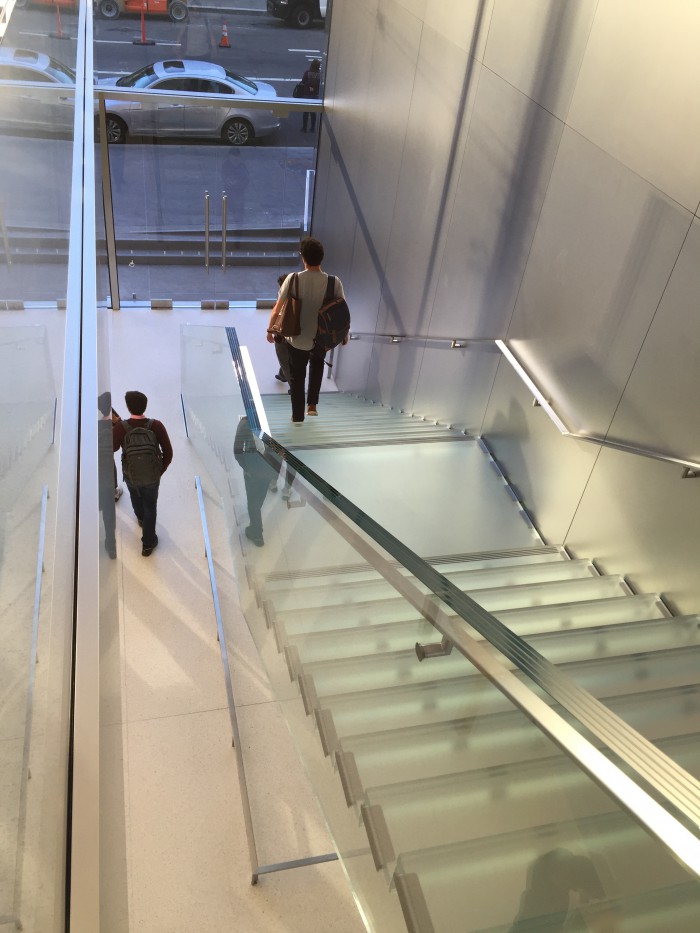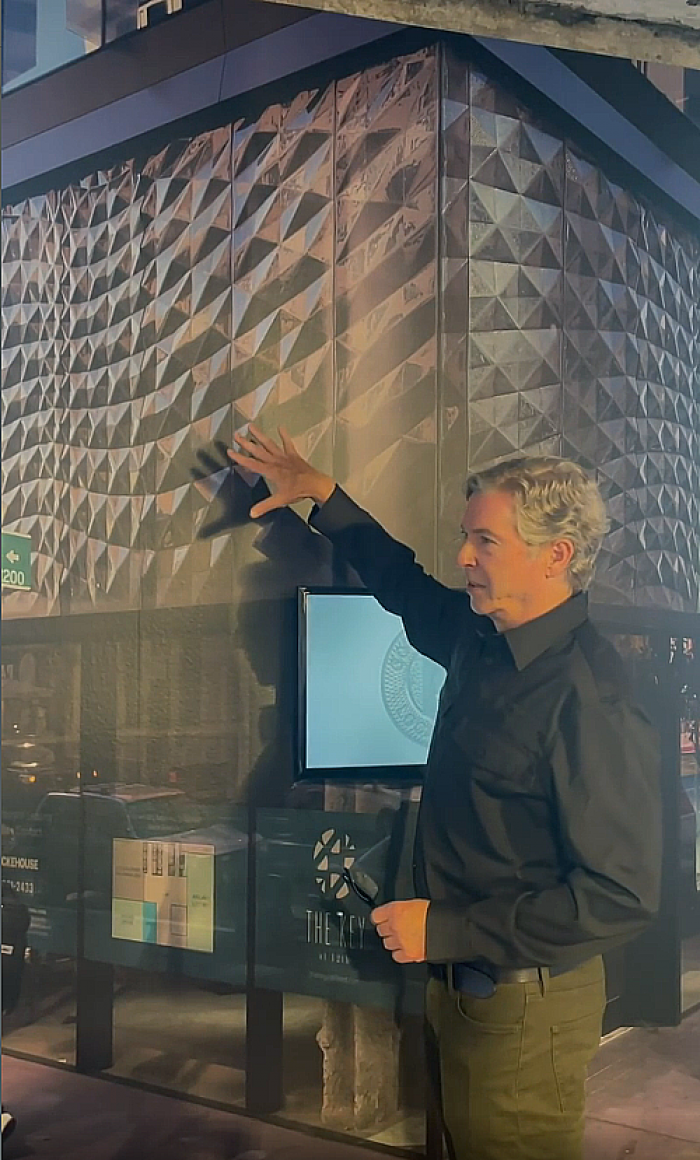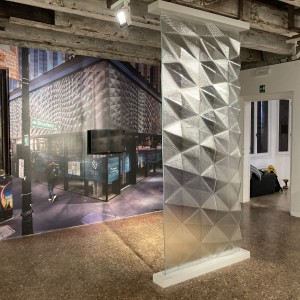NEWS
August 12, 2019
Creating the world I want to inhabit
As an artist and architect who specializes in glass design, I’m often asked why glass has become my signature medium. What is the draw for me, and why is it so powerful?
I admit that family tradition played a role. Collectively, the Winterich’s have been in the business for over 100 years. But if I hadn’t discovered contemporary German stained glass during my formative years, I might have gone in a different direction. Thankfully, that didn’t happen.
Those of us in the profession may take glass for granted, appreciating but not really giving much thought to its myriad capabilities. Yet consider the impact of glass on all of us—on humanity itself even.
Glass in both art and architecture is the entryway to, and gatherer of light, bringing us closer to something that exists beyond a given barrier. Often that’s the natural world outside, but it could also be a beautiful indoor scene. Glass welcomes everyone while still providing boundaries. It diffuses, bounces, brightens, and softens light, creating patterns and reflections for comfort and beauty. It protects. Basically, glass does whatever we need it to do to achieve our design goals.
When deployed artistically, architecturally or in combination, glass and light can lift the human spirit and create a sense of well-being. A beautiful space with carefully modulated natural light creates a sense of wonder.
Glass is what makes this possible, helping form some of the most spectacular environments we can experience. It might manifest as public art. It might be architecturally integrated. Whatever part it plays, glass manages to become both medium and message.
Look no further than the nearest Apple Store for a classic example of glass as both art and architecture. Glass work has helped define the Apple brand and create a unique customer experience. The company and its architects, first Bohlin Cywinski Jackson and recently Foster & Partners, have continued to forge an architectural environment that is as breathtaking today as when Apple’s Union Square store first opened with its floating glass steps.
Does glass have its challenges in art and architecture? Absolutely. We are asked to do a great many things today that even 30 years ago might have been impossible: broad illumination with impenetrable security; robust wind resistance with creative and charming structural shapes; budget consciousness with high-concept design, energy efficiency with thermal comfort. And these are just a few examples. In the end, some requirements can only be fulfilled with glass, so we look to creativity and engineering to see us through the obstacles. Glass can already meet a surprising set of requirements; with technology on the rise, it is poised to do even more.
Yet it is the sheer elegance of glass and its partnership with light that set it apart. Although I’ve trained classically in drawing, painting, and sculpture, nothing moves me as the effects of glass and light can. In the face of their ethereal beauty, when working together, I’m reminded of the transformative effect of the arts as a whole. Music, dance, poetry, and performance each help create a world I want to spend time in, and the profound effects gained with glasswork is no exception. Making environments that have the same ability to transform is what motivates me every day.





